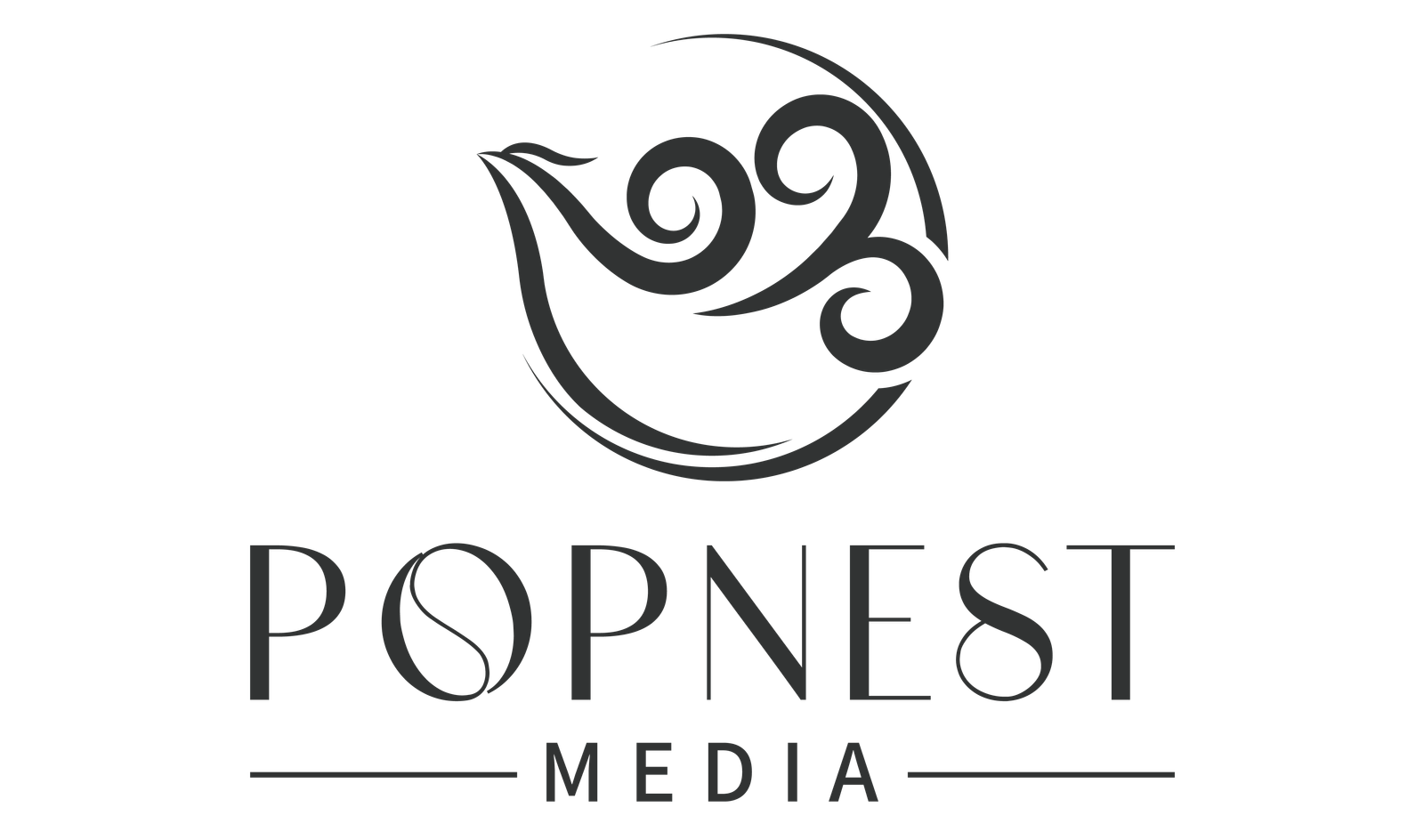Building a successful digital marketing strategy doesn’t require a Fortune 500 budget or the need to outsource digital marketing services to expensive agencies. With the right approach, strategic thinking, and smart resource allocation, small businesses and startups can create marketing campaigns that compete with larger competitors while maintaining sustainable growth. The key lies in understanding which tactics deliver the highest return on investment and how to systematically scale them as your business grows.
Understanding Scalable Marketing Fundamentals
Scalable digital marketing means creating systems and processes that can grow with your business without proportionally increasing costs or complexity. Rather than relying on tactics that require constant manual intervention, focus on building automated workflows, evergreen content, and repeatable processes that continue generating results over time. This approach to digital marketing campaigns ensures sustainable growth without the overhead of hiring digital marketing agencies.
The foundation of budget-friendly scalable marketing rests on three pillars: data-driven decision making, marketing automation, and content multiplication. Every dollar spent should be tracked, measured, and optimized based on performance metrics rather than assumptions. Marketing automation tools help you reach more people without hiring additional staff, while content multiplication involves creating one piece of high-quality content and repurposing it across multiple digital channels and formats.
Content Marketing as Your Growth Engine
Content marketing offers the highest ROI potential for budget-conscious businesses because it provides compound returns over time. A single well-optimized blog post can generate organic traffic, qualified leads, and sales conversions for years after publication. Start by identifying your target audience’s most pressing problems and creating comprehensive, valuable content that addresses these issues through various content marketing strategies.
Focus on creating pillar content pieces that thoroughly cover broad topics in your industry. These comprehensive guides, tutorials, or resource pages serve as the foundation for numerous smaller pieces of content across your digital marketing channels. Break down each pillar piece into social media posts, email newsletter segments, podcast episodes, and video content. This approach maximizes your content creation efficiency while maintaining consistency across channels and supporting your overall online marketing efforts.
Long-form content performs exceptionally well for SEO purposes and establishes your expertise in the field. Aim for articles between 2,000-5,000 words that provide genuine value to readers. Include actionable tips, real examples, and step-by-step instructions that readers can implement immediately. This approach builds trust and encourages sharing, which amplifies your reach organically.
Leveraging Free and Low-Cost Marketing Channels
Social media platforms offer unprecedented access to potential customers without requiring significant advertising spend. Organic social media marketing demands time and consistency rather than large budgets. Choose two or three social media platforms where your target audience is most active rather than trying to maintain a presence everywhere.
LinkedIn works exceptionally well for B2B marketing, allowing you to connect directly with decision-makers and share industry insights. Instagram and TikTok excel for visual brands and younger demographics, while Facebook remains effective for local businesses and community building. Focus on providing value through educational content, behind-the-scenes glimpses, and authentic interactions with your audience to improve brand awareness and customer engagement.
Email marketing continues to deliver the highest ROI among digital marketing channels, with studies showing returns of $36-42 for every dollar spent. Build your email list by offering valuable lead magnets such as ebooks, templates, checklists, or exclusive content. Use free email marketing platforms like Mailchimp or ConvertKit’s free tiers to get started, then upgrade as your subscriber list grows.
Search engine optimization represents a long-term investment that compounds over time. While SEO requires patience, the organic search traffic it generates is essentially free once you achieve search engine rankings. Focus on local SEO if you serve specific geographic areas, as local searches often have higher conversion rates and less competition than national keywords. Implement on-page SEO best practices and create SEO-friendly content to improve your search visibility.
Building Strategic Partnerships and Collaborations
Partnerships multiply your marketing reach without increasing costs. Identify businesses that serve your target audience but don’t compete directly with your offerings. These could include complementary service providers, industry influencers, or businesses in related fields.
Guest posting on established blogs in your industry provides exposure to new audiences while building valuable backlinks for SEO. Reach out to blog owners with specific, well-researched article ideas rather than generic pitches. Offer to write high-quality content that genuinely benefits their readers, and include a brief author bio linking back to your website.
Cross-promotional partnerships work particularly well for small businesses. Partner with other local businesses to share each other’s content, recommend services, or create joint promotions. These relationships often lead to referrals and word-of-mouth marketing, which remain among the most cost-effective customer acquisition methods.
Consider hosting virtual events, webinars, or online workshops in collaboration with partners. These events position you as an industry expert while sharing costs and promotional responsibilities with collaborators. Record these sessions to create additional content assets for future marketing efforts.
Implementing Marketing Automation on a Shoestring Budget
Marketing automation doesn’t require expensive enterprise software. Many affordable tools can automate repetitive tasks and nurture leads while you focus on strategic activities. Start with basic email automation sequences that welcome new subscribers, nurture leads, and re-engage inactive customers.
Social media scheduling tools like Buffer, Hootsuite, or Later allow you to plan and post content across multiple platforms from a single dashboard. Batch create your social media content weekly or monthly, then schedule posts to maintain consistent visibility without daily manual posting.
Customer relationship management systems help track leads and customer interactions without losing potential sales opportunities. Free CRM options like HubSpot’s free tier or Google Sheets templates can manage customer data effectively for small businesses just starting out.
Set up Google Analytics and Google Search Console to track website performance and identify optimization opportunities. These free tools provide valuable insights into user behavior, traffic sources, and content performance that inform future marketing decisions.
Measuring Success and Optimizing Performance
Establishing clear metrics from the beginning ensures your marketing efforts remain focused and accountable. Track leading indicators like website traffic, email subscribers, and social media engagement alongside lagging indicators such as sales and customer lifetime value.
Create monthly marketing reports that analyze performance across all channels. Identify which tactics generate the highest quality leads and customers, then allocate more resources toward these high-performing activities. Conversely, eliminate or modify underperforming strategies to maximize your limited budget’s impact.
Use A/B testing to optimize key elements like email subject lines, social media post formats, and website copy. Small improvements in conversion rates compound over time, significantly increasing your marketing ROI without additional spending.
Scaling Strategies for Growing Businesses
As your business grows, maintain the systems and processes that got you there while gradually expanding into new channels and tactics. Reinvest marketing profits into proven strategies before experimenting with unproven approaches.
Document your successful marketing processes to enable delegation and maintain consistency as you hire additional team members. Create standard operating procedures for content creation, social media management, and customer communication.
Consider gradually increasing paid advertising spend once you’ve maximized organic channels and have clear data on customer acquisition costs and lifetime values. Start with small budgets on platforms where your audience is most active, and scale spending based on performance rather than arbitrary budget increases.
Conclusion
Building a scalable digital marketing strategy on a budget requires strategic thinking, consistent execution, and patient optimization rather than large financial investments. Focus on creating valuable content, building genuine relationships with your audience, and implementing systems that work efficiently over time.
Success comes from understanding your customers deeply, choosing the right channels for your audience, and consistently delivering value through every interaction. Start with one or two marketing channels, master them completely, then gradually expand your efforts as you see results and have more resources to invest.
Remember that the most expensive marketing mistake is spending money on tactics that don’t work. By starting with proven, low-cost strategies and scaling based on data rather than assumptions, you’ll build a marketing foundation that supports sustainable business growth regardless of your budget constraints.




